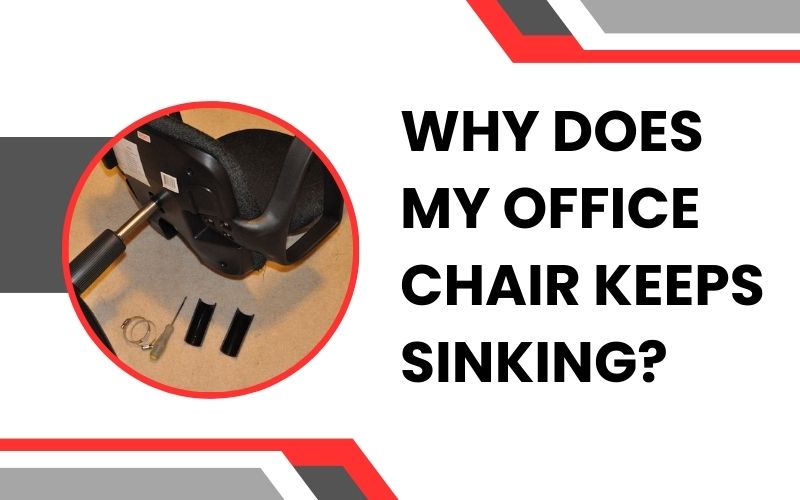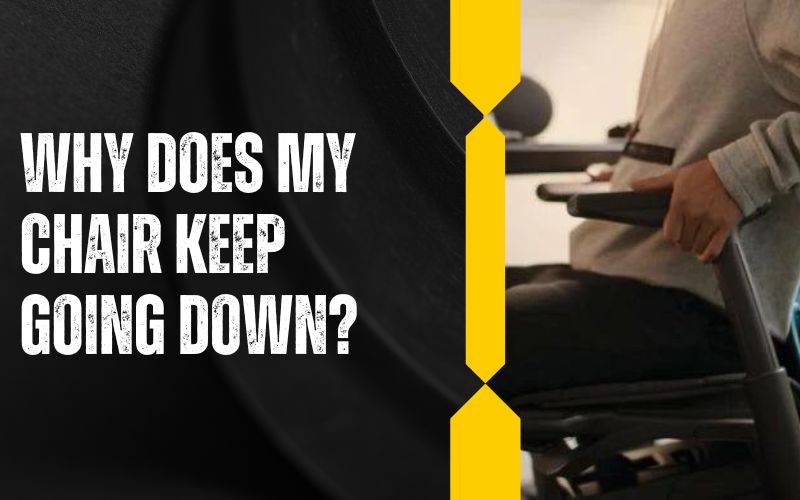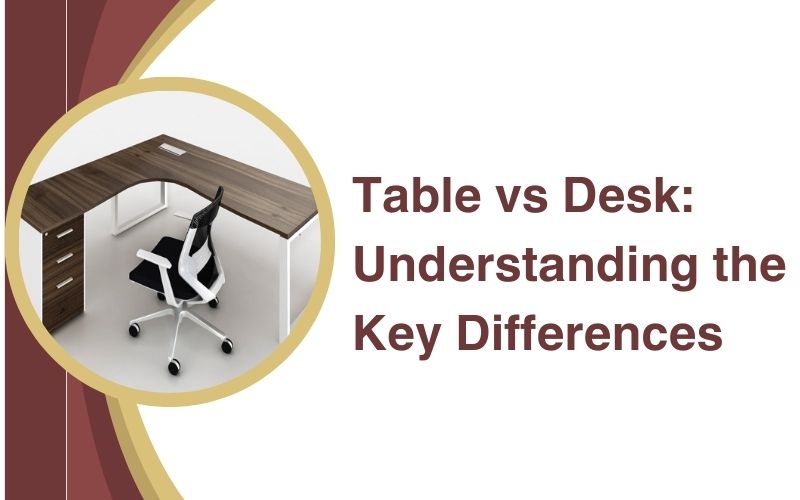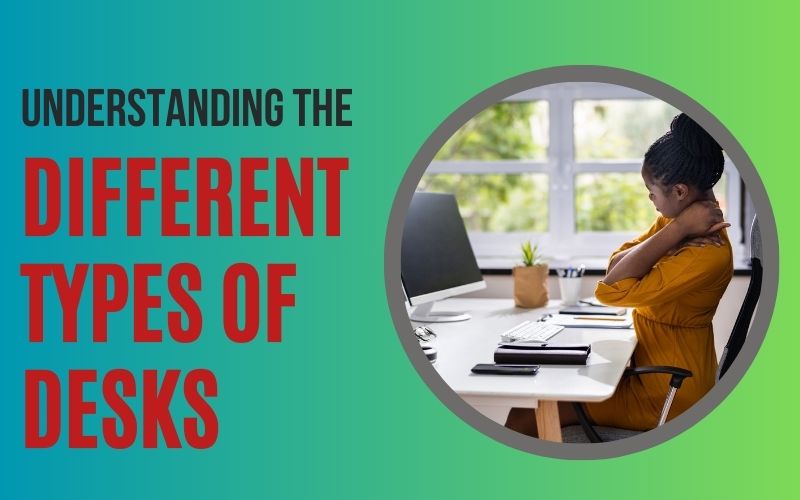An office chair keeps sinking is not just a minor inconvenience—it can be a real pain in the back (literally!). Imagine settling in to work on an important task, only to find yourself slowly sinking lower and lower. Not only does it affect your posture, but it can also be quite frustrating. So, what exactly causes this problem, and how can you fix it? Let’s dive into the details.
Understanding the Problem
What Does it Mean When Your Office Chair Keeps Sinking?
When we say an office chair keep sinking, we’re referring to the phenomenon where the chair gradually lowers itself without any external input. You might set your chair to the perfect height, but within minutes, you’re significantly lower than you started.
Common Signs of a Sinking Office Chair
Some telltale signs that your chair is sinking include:
- Constantly needing to adjust the chair’s height.
- Feeling like you’re sitting lower at your desk than usual.
- The chair’s height adjustment lever no longer works correctly.
Why Does My Office Chair Keep Going Down?
The Mechanics Behind an Office Chair
Most office chairs use a pneumatic cylinder to adjust the height. This cylinder is filled with gas, which allows you to move the chair up and down. The mechanism relies on the balance of pressure within the cylinder and a valve that controls this pressure.
Causes of a Sinking Office Chair
There are a few common reasons why your office chair keeps sinking:
- Worn Out Cylinder: Over time, the gas cylinder can wear out, leading to a loss of pressure, which causes the chair to sink.
- Faulty Lever Mechanism: If the lever that controls the cylinder is broken or damaged, it may not be able to hold the chair’s height.
- Seal Damage: The seals within the cylinder can deteriorate, causing gas to escape and the chair to lose its ability to stay elevated.
How to Diagnose the Problem
Checking the Pneumatic Cylinder
To diagnose the issue, start by checking the pneumatic cylinder. If the chair sinks even after you’ve adjusted it, the cylinder might be the culprit. You can also try to see if the chair stays up when you don’t sit on it. If it stays up, but sinks when you sit, the issue is likely with the cylinder.
Examining the Chair’s Lever Mechanism
Next, inspect the lever mechanism. Sometimes, the lever may become loose or broken, making it unable to hold the chair’s position. Test the lever by adjusting the chair and seeing if it responds properly.
Office Chair Keeps Sinking Fix: Quick Solutions
Temporary Fixes to Keep Your Chair Up
If you need a quick fix, you can try some temporary solutions:
- Use a Hose Clamp: A hose clamp can be placed around the chair’s cylinder to hold it in place.
- Use a PVC Pipe: Cutting a PVC pipe to the length of the cylinder and placing it around the cylinder can help maintain the chair’s height.
- Try Duct Tape: Wrapping duct tape around the cylinder might provide enough friction to keep the chair from sinking, though this is not a long-term solution.
Long-Term Solutions
For a more permanent fix:
- Replace the Pneumatic Cylinder: If the cylinder is the problem, replacing it is often the best solution.
- Repair or Replace the Lever Mechanism: If the lever is faulty, repairing or replacing it may solve the problem.
How to Stop Chair from Sinking
Using a Hose Clamp to Fix the Issue
A hose clamp is a simple and effective way to fix a sinking chair. Here’s how you do it:
- Measure the Cylinder: Measure the cylinder to find the right size for the hose clamp.
- Install the Clamp: Place the clamp around the cylinder and tighten it just enough to hold the chair at the desired height.
Replacing the Pneumatic Cylinder
If the clamp doesn’t work or you prefer a long-lasting solution, replacing the pneumatic cylinder is the way to go:
- Purchase a Replacement Cylinder: Make sure it’s compatible with your chair model.
- Remove the Old Cylinder: Use a pipe wrench to remove the old cylinder.
- Install the New Cylinder: Follow the manufacturer’s instructions to install the new cylinder and reassemble the chair.
DIY Solutions vs. Professional Repair
When to Try a DIY Fix
If you’re handy and the issue seems minor, a DIY fix could be sufficient. Temporary solutions like hose clamps or PVC pipes can be done easily at home.
When to Call a Professional
However, if the problem persists or you’re not comfortable attempting the repair, it might be best to call in a professional. Especially for high-end office chairs, professional repair ensures that the job is done correctly.
Preventative Measures to Avoid Future Issues
Regular Maintenance Tips
To prevent your office chair from sinking in the future, consider the following maintenance tips:
- Regularly Check the Cylinder: Make sure it’s functioning correctly and hasn’t worn out.
- Keep the Lever Mechanism Clean: Dust and debris can affect its operation.
- Avoid Excessive Weight: Ensure the chair isn’t holding more weight than it’s designed for.
Choosing the Right Office Chair
When purchasing an office chair, consider the quality of the pneumatic cylinder. Investing in a high-quality chair with a durable cylinder can save you headaches down the line.
Conclusion
Dealing with a sinking office chair can be frustrating, but it’s a fixable problem. Whether you choose a quick DIY solution or opt for a professional repair, knowing the cause and available solutions puts you in control. A functional office chair is essential for comfort and productivity, so don’t let a sinking chair bring you down—literally!
Frequently Asked Questions (FAQs)
Q.1. How to stop a chair from sinking?
Using a hose clamp or replacing the pneumatic cylinder are two effective ways to stop your chair from sinking.
Q.2. How to stop the office chair from going down?
If your office chair keeps going down, the best solution is often to replace the pneumatic cylinder or use a temporary fix like a hose clamp.
Q.3. Why does my computer chair keep going down?
Your computer chair may be sinking due to a worn-out pneumatic cylinder or a faulty lever mechanism that can no longer hold the chair at the desired height.
Q.4. How to fix an office chair that won’t stay up?
Fixing an office chair that won’t stay up involves either repairing or replacing the pneumatic cylinder or lever mechanism, depending on where the problem lies.

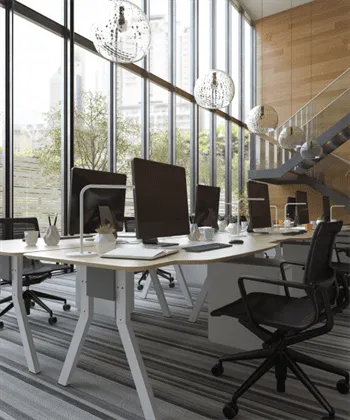 Workstations
Workstations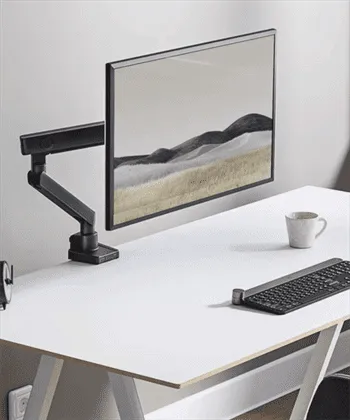 Monitor Arms
Monitor Arms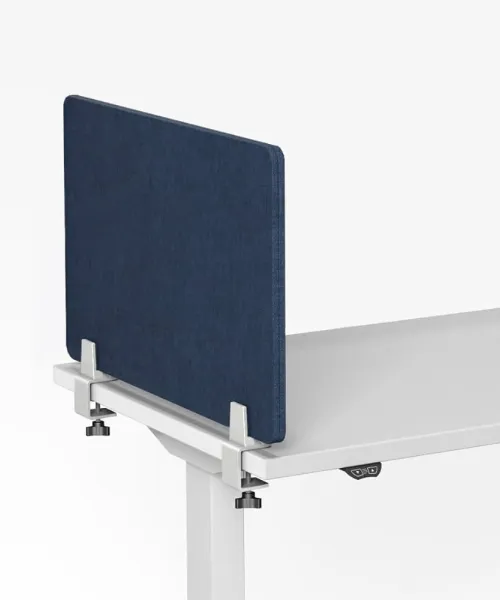 Dividers
Dividers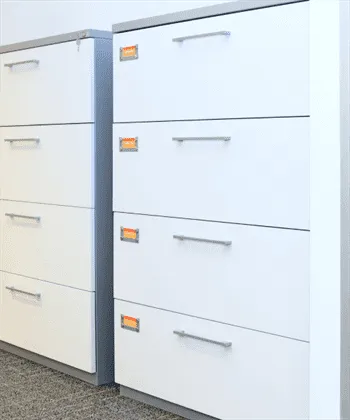 Storage
Storage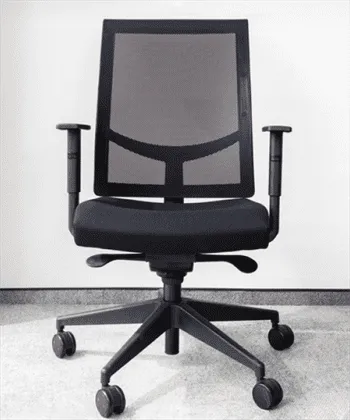 Seatings
Seatings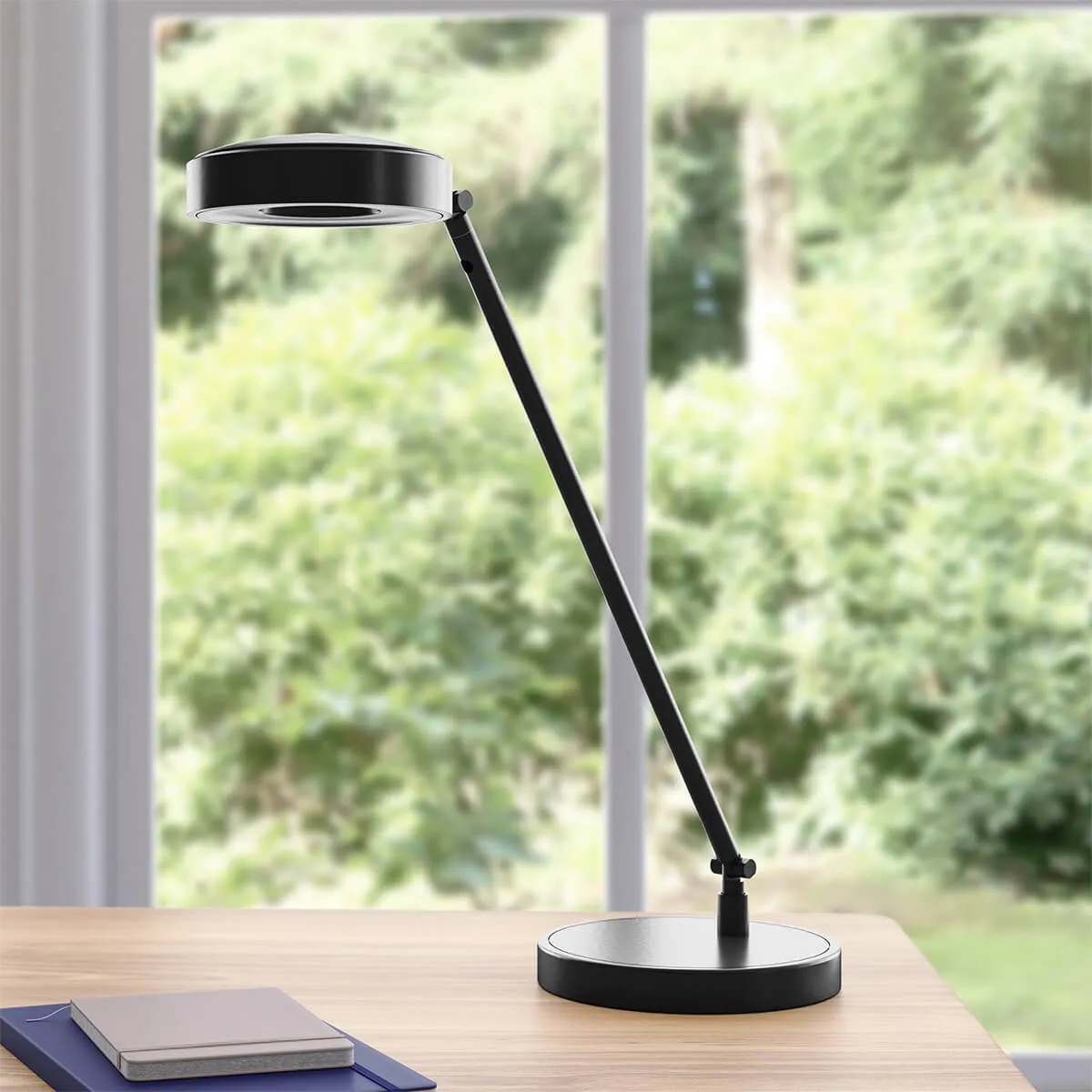 Accessories
Accessories